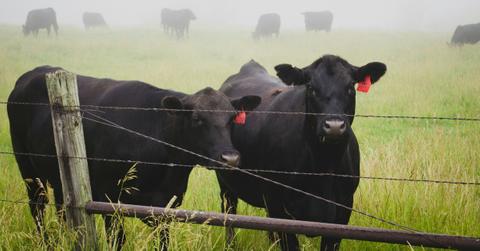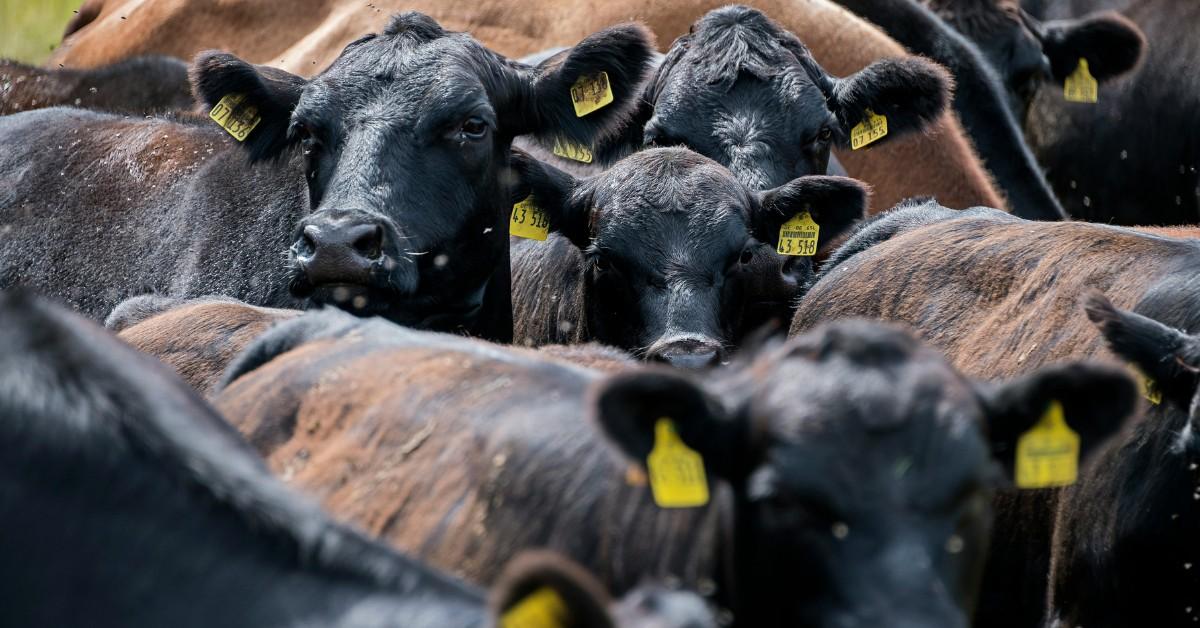Beef Prices Are Soaring — What’s Behind the Rising Costs?
Some are seeing sky high prices at the grocery store.
Published July 23 2025, 10:28 a.m. ET

If 2024 was the year of the egg, 2025 is definitely the year of the beef, according to shoppers, who have been voicing concerns about the rising costs of beef products. That's bad news for anyone who thought that they would see their grocery bill shrink once the new administration moved into office, after Donald Trump made lowering the price of eggs one of his major talking points during the election.
Why are beef prices so high? The sticker shock people feel in the butcher aisle has apparently been a long time coming, according to some experts, which leaves many wondering what they can do to help bring their household grocery budgets in line.
Here's everything we know about the sky-high prices of beef, how shoppers can get some relief, and when we can expect to see things return to normal.

Why are beef prices so high?
According to an expert who spoke with CNN, the beef crisis has been a decade in the making. Many farmers have been struggling to stay in business due to rising interest in imported beef, dwindling herds, and drought conditions that have made farming a challenge across the country.
In February 2025, the American Farm Bureau Federation (AFBF) published a statement saying that the size of cattle herds has dropped to its lowest level in 74 years.
Apparently, many farmers have given up on the profession, contributing to rising costs. AFBF's Bernt Nelson said that not even record-high prices could make cattle farming profitable for ranchers and cattle farmers because of supply costs, which prompted many of them to leave the industry.
How have supply costs increased enough to make a once-booming industry so unprofitable?
Remember the droughts we mentioned? The AFBF says that too many pastures have dried out, due to a lack of rain, leaving ranchers no choice but to rely on store-bought feed instead.
Then there are those Americans who prefer their beef to come from somewhere else, like Brazil, Australia, or Argentina, all three of which now account for 8 percent of the country's bovine foods.
Beef prices are still rising.
Cattle ranchers are now caught in an impossible situation, where they are going to need to decide if it makes sense to pay higher market rates to purchase more cattle to help boost production, which could help them increase their profit while making things more affordable in the long run. Or if they're going to stay the course, hoping things shift on their own.
“U.S. consumer demand for meat historically has grown with improved household financial situations and then falls when incomes drop,” AFBF's representative explained. “If consumer confidence falls alongside household financial uncertainty, demand for beef could be at risk, especially in the face of record-high retail prices.”
That means that cattle ranchers who try to beef up their stock, pun intended, could be left holding the bag if consumers stop buying the meat due to the increased prices, creating a catch-22 for everyone involved. Prices could potentially remain high for some time to come as ranchers try to hedge their bets and either ride out the storm or leave the industry entirely.
While that may sound like bad news for weary shoppers desperate to see some relief at the grocery store, other alternatives may exist.
For example, one way shoppers can avoid sticker shopping in the meat aisle is to avoid it altogether by purchasing plant-based alternatives. This can not only improve their bottom line but also help the environment and the lives of cattle.
As for how this will all play out, only time can tell.